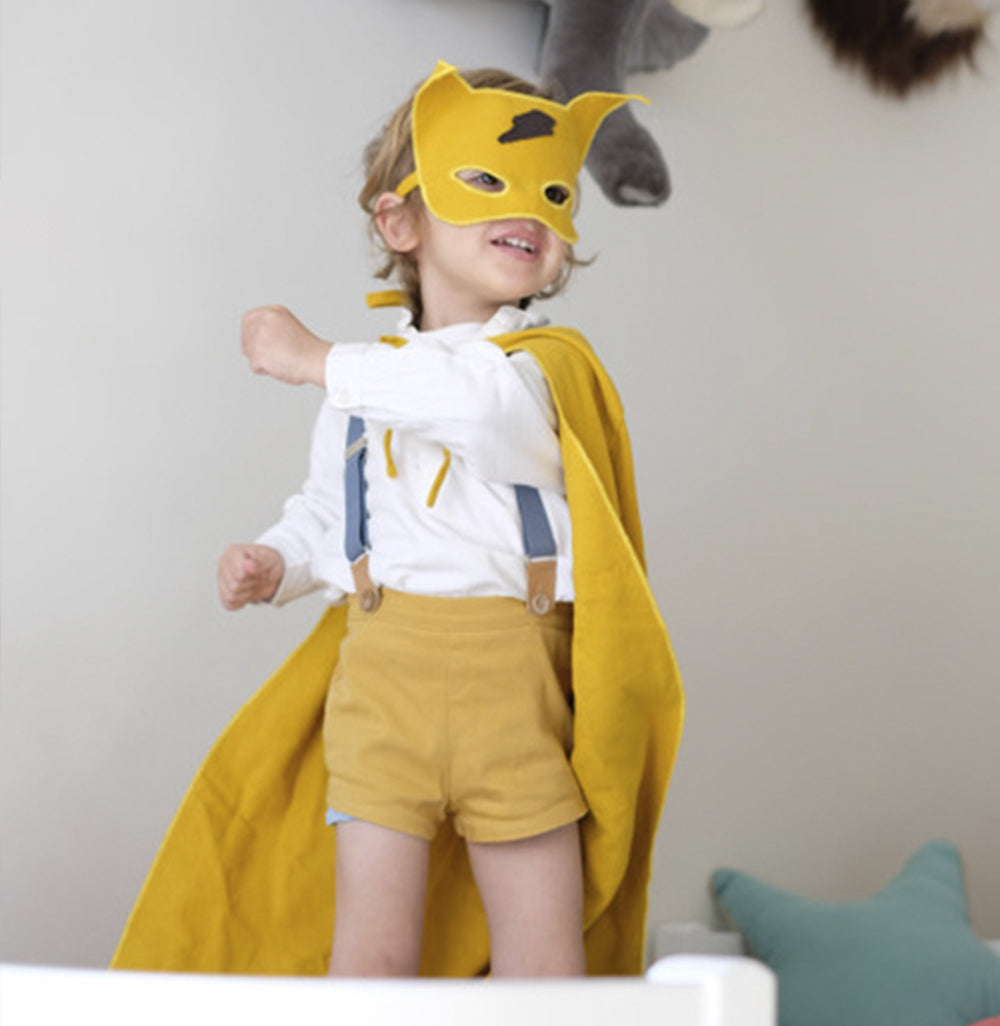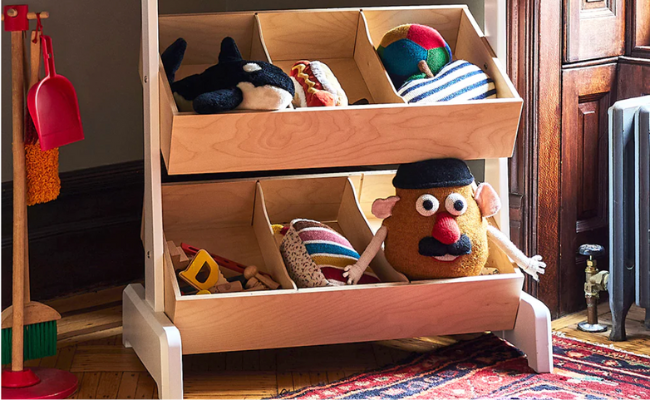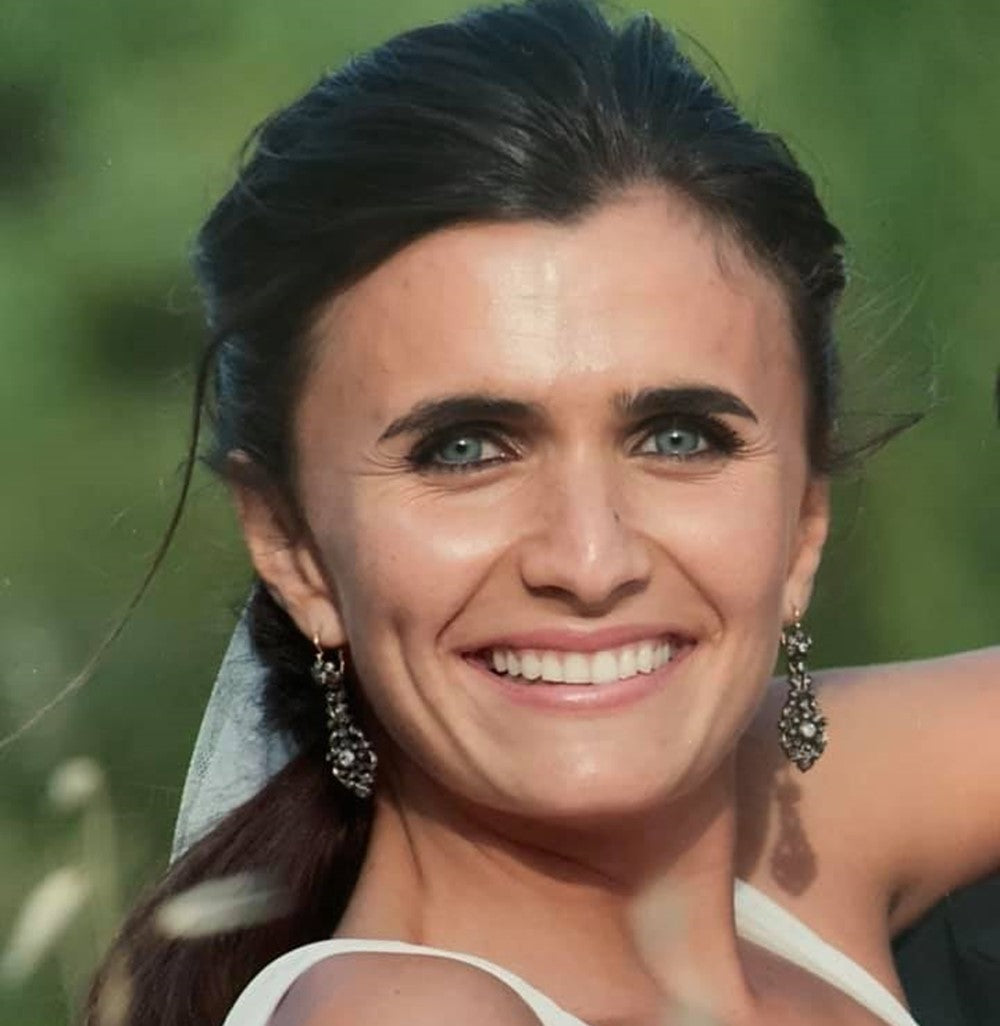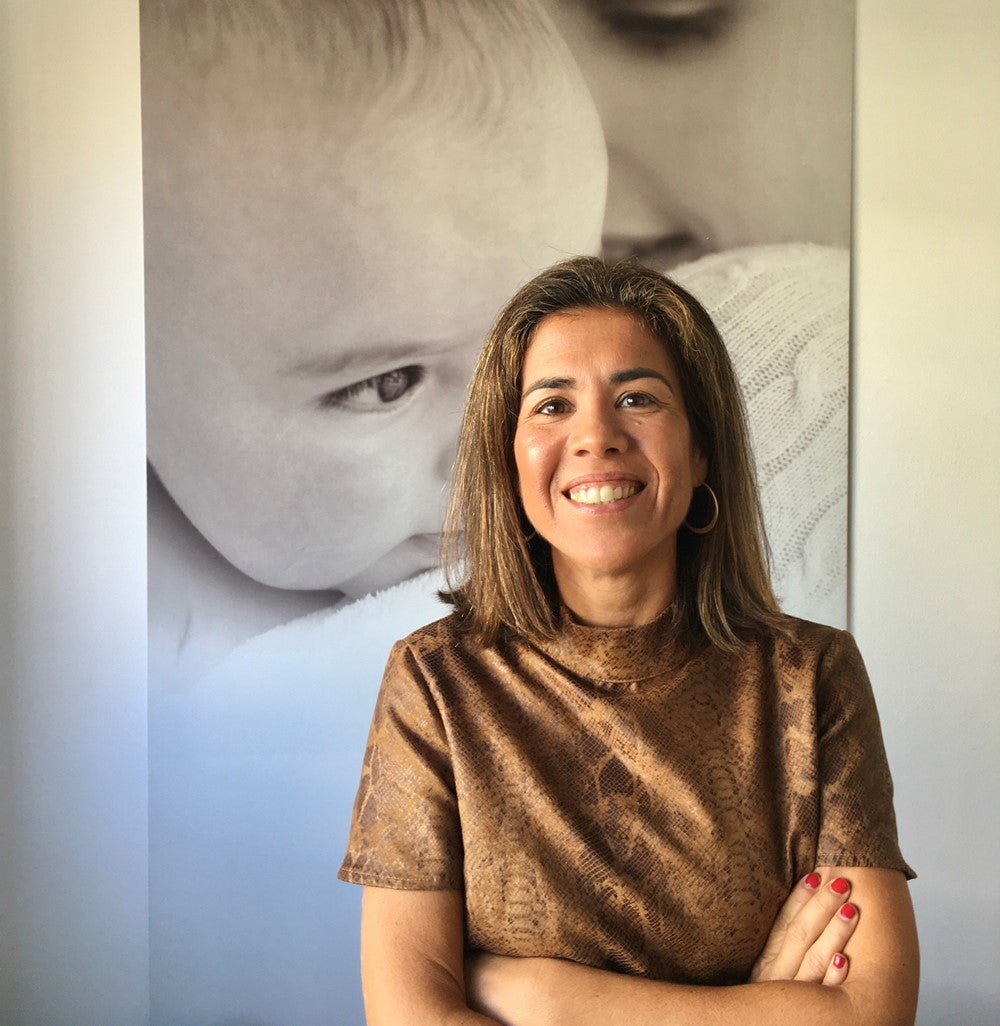
"CHILDREN SHOULD BE THE TOY STACKS" By Monica Albuquerque
THE BEST TOYS FOR CHILDREN
These are the best toys for kids in my opinion. I'm a bit of an extremist in my opinion regarding motherhood, education, food and children's toys. I actually don't like to use the word “fundamentalist”, but I am very true to my principles and what I believe is (for me) the right path in education. Each parent must act in the way they think is right, but I really believe that children should not play with toys with batteries, technological toys. Children must be the batteries of the toy, the engine. Toys must not work by themselves, must not whistle, must not make children look at them.
THIS IS MY INTUITION AND WHAT I BELIEVE.
A toy is a tool. It is the tool of work, of the child's growth. Children need certain toys at each stage to meet their needs for stimulation and, above all, for development. These toys don't need to talk, blink, sing, be expensive or complicated. They don't need to have all the colors of the rainbow. They need very little to serve their purpose.
We believe that the best toys for children:
- 1- They must be made of wood, cardboard, rubber;
- 2- They must not be licensed products, added to television films;
- 3- They must not be the result of a thoughtless purchase, driven by a fad; They must be timeless, serving the child of today and tomorrow
- 4- They are unisex, a tool that serves to teach / stimulate a certain stage of growth.
With this, we have several suggestions for toys adapted to the various stages of the child's life, which we think are important to explore. Bearing in mind that each child is a different world, that each child has their own pace of growth and stimuli. We believe that to start putting together a child's room, we should use a list of rules to create a positive, educational and better set of toys for children.
I never forget once being in a class on a course about playing, and the teacher made an incredible analogy. She asked:
– When you arrive at the office in the morning, how many computers do you have on your desk? And cell phones? Calculators? There are those who need it, but how many? Oh and notebooks? Places where to write? Anyway, let's assume that each one on average has: a computer, a cell phone, a calculator, a notebook and about 3 pens? – everyone agreed, so she continued – So imagine a desk with 10 computers, 8 ringing mobile phones, 5 calculators, 40 pens, 15 notebooks… How would they be able to concentrate? Where did they start? – some laughed, some were a little perplexed, the idea was frightening – so now look at this, it's what I just described! A typical child's room! - And she showed a room absolutely full of toys that you couldn't even see the floor! Kilos of plastic, junk, repeated toys, broken… and after everyone in the room had taken a good look at it, she asked: – who is the person who can concentrate and work there? This is a desk with those 10 computers…
That day I think I managed to name my intuitions, that's what I thought but I didn't know how to defend it. Here at home the kids don't have 500 toys, actually not even 10; normally there are 3, and when they stop fulfilling their functions, they exchange them, they don't accumulate!
Toys fulfill very specific functions in the child's development. Initially, the most popular ones are crib mobiles, musical instruments – they stimulate hearing, vision and motor coordination. Here begins the sense of cause and effect, that is, touching a piano key leaves a note, which emits a sound; if you touch another one, the result is different. Up to 12 months we develop a series of skills that help children to defend themselves in an almost primary way (such as vision and hearing). From 12 months to 2 years old, we embark on an adventure of blocks, construction, stacking, colors, geometric shapes – playing well done at this stage will make subjects such as descriptive geometry easy or impossible in 15 years. The sense of form, space and volume is at this stage that is mastered.
It is after 2 years that dolls, dolls, puzzles or puzzles begin. Here, the sense of curiosity, the sense of the world, is awakened. Hand-eye coordination toys like tricycles, balance bikes, balls. They are toys that, on the one hand, instigate the sense of discovery, learning, on the other hand, strengthen the body and help the child to learn to know the body and make it stronger / viable.
Between the ages of 2 and 6, it is potentially the most complicated phase to control the toys our children play with, either by institutions (schools, growing ups, etc.) or by the lack of information from those around the child. This phase is potentially the most important in terms of opening up the mind and instigating imagination/creativity development. Here, the most important thing is to continue giving routine tasks (allowing them to imitate us in day-to-day tasks such as sweeping, cleaning the dishes, making the bed, tidying toys...) and, on the other hand, the so-called open-ended toys ( unfinished or without function). Open-ended toys are toys that have no function other than being a tool in the child's hand; becoming, as I always say, the child in the toy pile.
It is at this stage that any doll becomes a superhero, that any set of wooden blocks becomes a city full of detail, it is at this age that the world is all paths and options. The sky is the limit, and this is what we want for our children.
At age 6, we enter role-play (make-believe), here come the dolls to play mothers and fathers, doctors, kitchens and other roles in which they see themselves. The function of role-play is to give the child a chance to experience certain roles that he would never fulfill as a child. Just like for example a set of dozens of wooden cubes with different shapes and colors, they fulfill physical functions (vision / motor), creative (how to assemble and for what purpose) they also fulfill cognitive functions (in this case mathematics) that are absolutely subliminals (later called logic) – we work on balance, scale, proportion, perspective; here in role-play we work on emotions, socialization, a sense of sharing, and of course we encourage both speech / vocabulary / socialization. – Role-play is even the form most used by child psychologists to help children express certain emotions in a therapeutic environment.
From 10 onwards, toys are always more of the hobby type, science kits, magic, books, chess, that is, they work on the cognitive part, patience, expertise, dedication and feed the curiosity of each one.
This is my intuition and what I believe.
By Monica Albuquerque
Tell us what you think about the best toys for kids .
Related articles: Montessori Education



